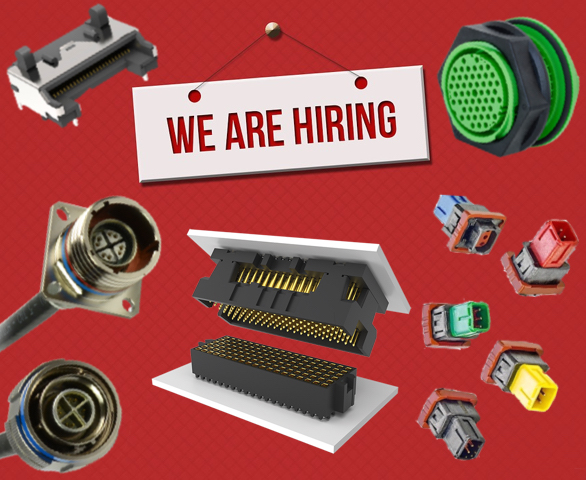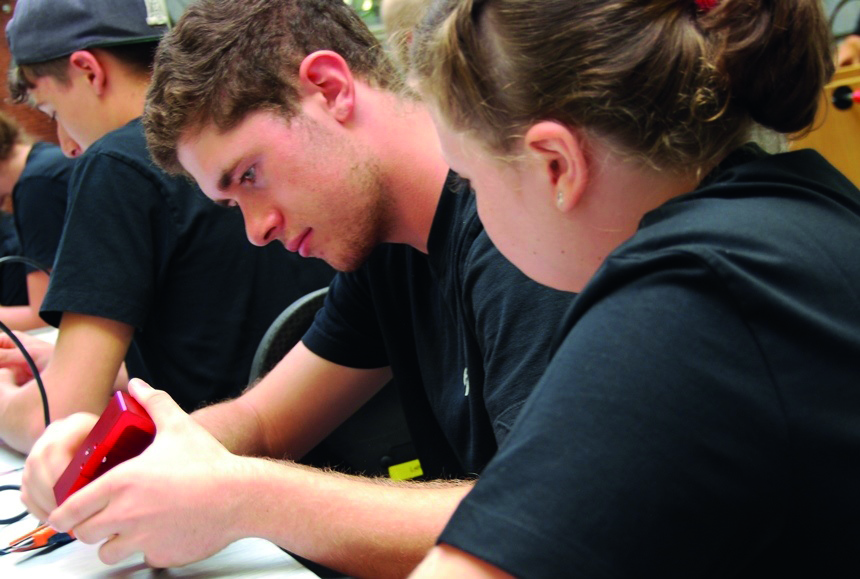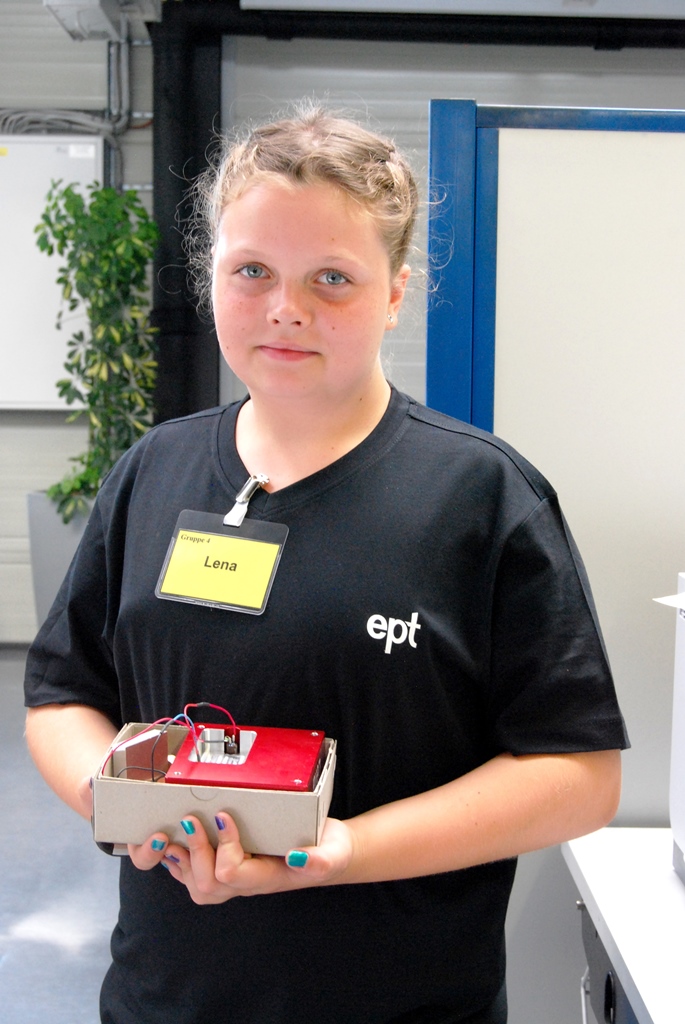Now Hiring: Employment Opportunities Abound in the Electronics Industry
The tech industry has more employment opportunities than applicants with critical job skills, and it’s not a new problem. Here’s what the connector industry is doing to make it easier to find skilled workers in the future.
For technology companies around the world, employment opportunities far outpace workers who possess critical job skills, and it’s an ongoing problem. A 2017 study of OEMs and electronics manufacturers by IPC-the Association Connecting Electronics Industries found that most companies have difficulty finding qualified production workers, engineers, and other technical professionals. In 2018, the German Economic Institute (IW) reported that Germany is facing it’s highest-ever shortage of skilled labor in the STEM professions, with 337,900 STEM vacancies in October 2018. In the UK, a shortfall of 173,000 skilled workers in technology fields is costing the economy £1.5bn per year in temporary staffing, recruitment, training costs, and inflated salaries, according to the STEM Learning organization. In 2018, the Consumer Technology Association’s second annual The Future of Work report found that 92% of companies they surveyed said that they will need more employees with technical skills in the future, and 74% said it would be difficult to fill those roles. Top skills needed: software development (59%), data analytics (53%), engineering (49%), and AI/machine learning (46%).

A look at the largest connector companies finds opportunity in all of these areas, and others. Samtec lists openings ranging from assembly positions to PCB designers, electric-mechanical engineers, and connector engineers. TE Connectivity is looking for connector inspectors, product managers, and connector design engineers. ITT Cannon is hiring interns, for people interested in the connector industry but open to finding their focus through exposure to the workplace. Shortages aren’t limited to the engineering fields; connector distributors such as Mouser have openings in software development, stock management, and systems administration. Industry forecaster and research company Bishop & Associates has openings for market research specialists with an understanding of connector markets.
In order to ensure a productive and innovative future, the electronics industry is making significant investments to cultivate its future employee base. Connector companies are taking part in a number of initiatives designed to spark interest in STEM careers, including scholarships, internships, and donations of products, such as Raspberry Pi or other development kits, that expose young people to electronics technologies. The FIRST (For Inspiration and Recognition of Science and Technology) robotics program is perhaps the best-known organization behind this push to promote electronic careers. The VEX Robot World Championship also gives students the opportunity to solve robotics challenges through global competitive events. Organization such as the Society of Women Engineers are advancing scholarships and educational programs aimed at girls in K-12 programs.

Students compete at the FIRST Robotics championship event.
Government can play a role as well. In 2016, the organization helped advance H.R. 2353, The Strengthening Career and Technical Education for the 21st Century Act, a bipartisan bill aimed at supporting workforce education and training for the electronics industry. That bill, a reauthorization of the existing Carl D. Perkins Career and Technical Education (CTE) Act, with some updates, was signed into law in July 2018.

ept GmbH helps develop the next generation of engineering talent through a program it hosts for high school students in Peiting, Germany.
Connector companies recruit through a variety of means, including through educational institutions, recruitment agencies, online recruitment tools, and temp agencies. “In places like Austin, Texas, Harris, Pennsylvania, Boston, and Silicon Valley, it can be very challenging to find people. At our Minneapolis facility, we don’t have a terrible time recruiting, because it’s a relatively good area for STEM education. But if we can’t find the exact people we need, we hire them for another level, and train them and grow them into the roles we need filled,” said Bob Stanton, director of technology at Omnetics Connector Corporation. “If necessary, we will even pay for classes or even an engineering degree. That’s not uncommon in the industry.”
Stanton and other connector professionals teach classes at schools and industry, giving valuable exposure to an industry that is somewhat invisible, just like its products. Yet connectors are critical to the technologies that young people are excited about. As technology becomes interwoven into every aspect of society, the demand for workers who can contribute to these efforts will only increase. It will take investment from industry and government, and support from educators, to resolve labor shortages and continue the pace of innovation.

A young engineer show off a cube with integrated clock that she constructed. Students in the ept GmbH holiday program learned about electronics through turning, milling, drilling, filing, CNC milling, assembly, and lasering stations.
But the future does look brighter. In Peiting, Germany, a program offered by ept GmbH turns local high schools students into apprentices. The connector company helps students build small electronic projects such as integrated clocks, giving them hands-on experience with turning, milling, drilling, filing, CNC milling, assembly, and laser stations. The program, which runs during school holidays, is so popular that registration for its 2018 classes filled up in just one hour.
Like this article? Check out our other 2019, Industry News, and Facts & Figures articles.
- Meet the Connector: DIN Standard Connectors - April 16, 2024
- Software-Driven Radio Reinvigorates Old Technology - April 9, 2024
- What is a Busbar? - April 2, 2024







